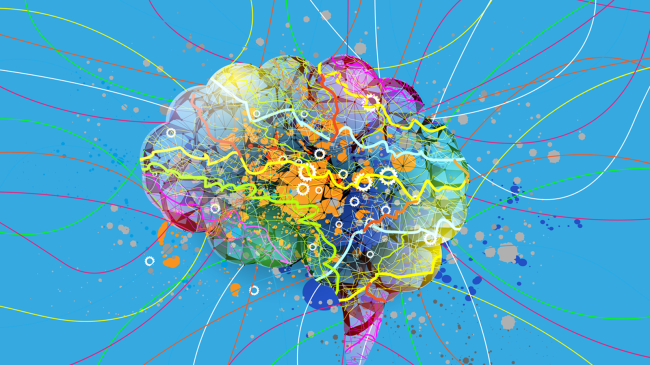iStockphoto
Scientists have once again voluntarily moved us a step closer to meeting our new robot overlords thanks to some new advances in artificial intelligence (AI).
This time it was scientists at Indiana University who are the culprits.
What they did was link living human brain cells to a computer and use them to perform speech recognition.
Their goal is to use these tiny balls of human brain cells called brain organoids to power AI tasks with less energy than is currently used by silicon chips, New Scientist reports.
Brain organoids are “like mini-brains,” explained study author said Feng Guo of Indiana University.
It takes two or three months to grow the organoids, which are a few millimeters wide and consist of as many as 100 million nerve cells, he says. Human brains contain around 100 billion nerve cells.
The organoids are then placed on top of a micro-electrode array, which is used both to send electrical signals to the organoid and to detect when nerve cells fire in response. The team calls its system “Brainoware”.
The brain cells first had to learn to recognize the voice of one individual from a set of 240 audio clips of eight different people pronouncing Japanese vowel sounds, New Scientist explains.
“We call this adaptive learning,” said Guo.
After just two days of training sessions, the organoids were able to complete the task with 70 to 80 percent efficiency.
“This is just proof-of-concept to show we can do the job,” said Guo. “We do have a long way to go.”
Guo says so far the brain cells can recognize who is speaking, but not what is specifically being said. He also pointed out that currently the organoids can only be maintained for one or two months.
“If we want to harness the computation power of organoids for AI computing, we really need to address those limitations,” he said.
The only question is, do we really want to do that?

